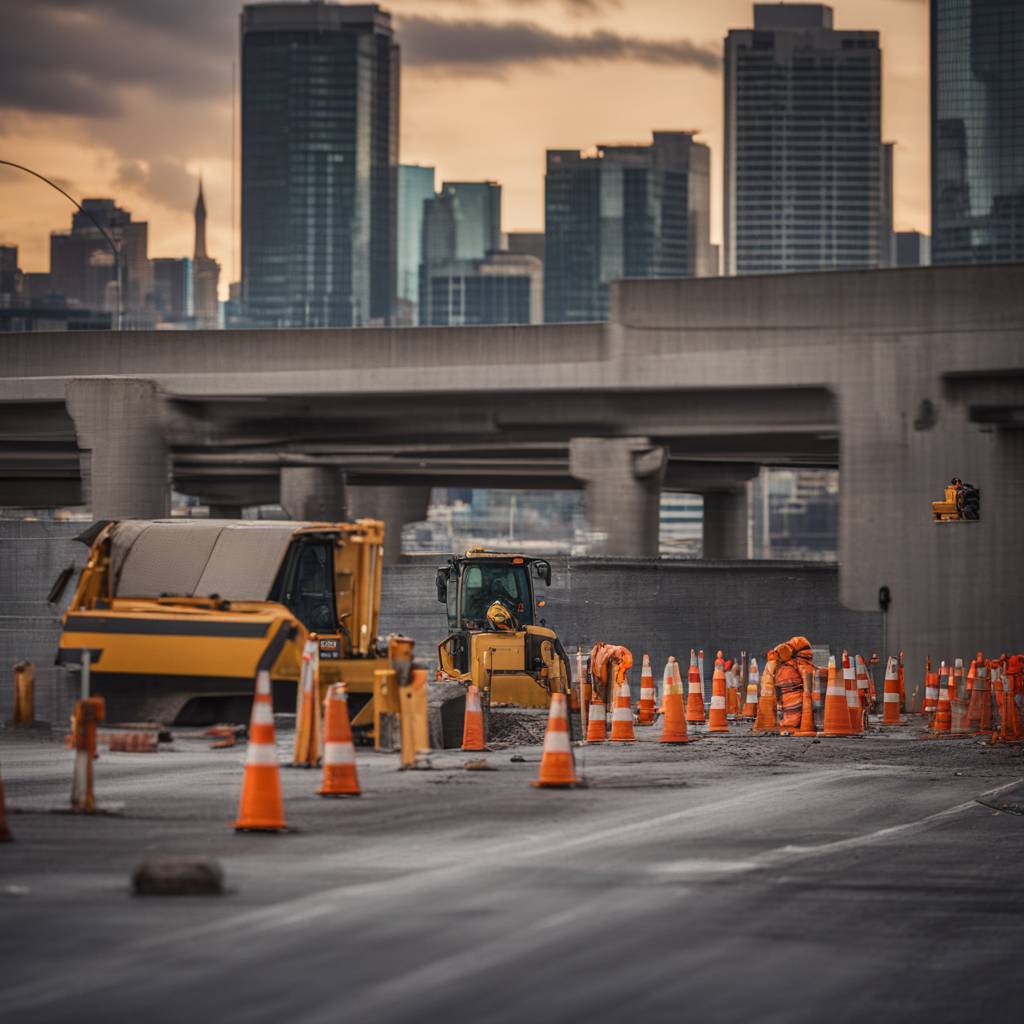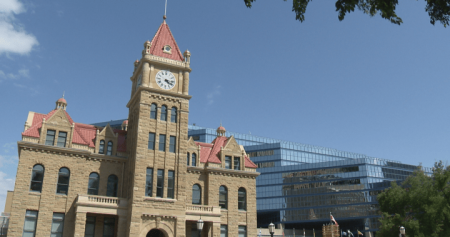Starting next week, Toronto commuters will face lane closures on parts of the Gardiner Expressway for critical rehabilitation work. The eastbound lane between Dufferin Street and Strachan Avenue will be closed, followed by a westbound lane closure on Wednesday. Construction work began on the more than 60-year-old route on March 25 and is expected to take three years to complete. Starting mid-April, the Gardiner will be reduced to two lanes in each direction between Dufferin Street and Strachan Avenue, with intermittent additional lane closures as required.
The construction work involves replacing 700 meters of elevated bridge surface, rehabilitating support structures underneath the expressway, and adding a new traffic management system and streetlights. The rehabilitation plan is divided into six sections, with the first section from Jarvis to Cherry Streets completed in 2021. The city plans to use a congestion management plan, including diversions, traffic agents, and signal timing adjustments, to keep traffic flowing during construction and minimize impact on road users and residents. Other work, such as girder removal and replacement, may be required at night.
The city council approved the Gardiner Expressway Strategic Rehabilitation Plan between 2014 and 2016, aiming to balance critical construction work while reducing the impact on road users and neighboring residents. The current phase of work is described as complex due to the narrow and busy roadway being elevated. The city anticipates challenges with accommodating traffic during construction but aims to keep disruptions to a minimum. In 2026, during the FIFA World Cup, the Expressway will be fully open with no lane restrictions to accommodate increased traffic.
To address the rehabilitation needs of the Gardiner Expressway, the city of Toronto is implementing a detailed plan that includes lane closures, traffic diversions, and temporary closures of the eastbound and westbound lanes between Dufferin Street and Strachan Avenue. The completion of the rehabilitation work is expected to take three years to complete and will involve replacing elevated bridge surfaces, rehabilitating support structures, and enhancing traffic management systems. The city council approved the Strategic Rehabilitation Plan in 2014, dividing the repair work into sections, with the first section completed in 2021.
During the construction process, the city will also focus on minimizing traffic congestion and disruptions by utilizing a congestion management plan that includes traffic agents and signal timing adjustments. The complexity of the rehabilitation work on the Gardiner Expressway is highlighted by the narrow and elevated roadway, making it challenging for workers to be visible during road closures. To address this, much of the work will be done from underneath the expressway. In anticipation of increased traffic during the FIFA World Cup in 2026, the Expressway will be fully open with no lane restrictions to accommodate the influx of visitors.
Overall, the rehabilitation work on the Gardiner Expressway is essential to ensure the safety and longevity of the infrastructure. By implementing a detailed congestion management plan and carefully balancing construction activities with traffic flow, the city aims to minimize disruptions for commuters and residents. The completion of the rehabilitation work is a critical milestone in maintaining the functionality of the Gardiner Expressway for years to come.
Keep Reading
Subscribe to Updates
Get the latest creative news from FooBar about art, design and business.
© 2026 Globe Timeline. All Rights Reserved.













